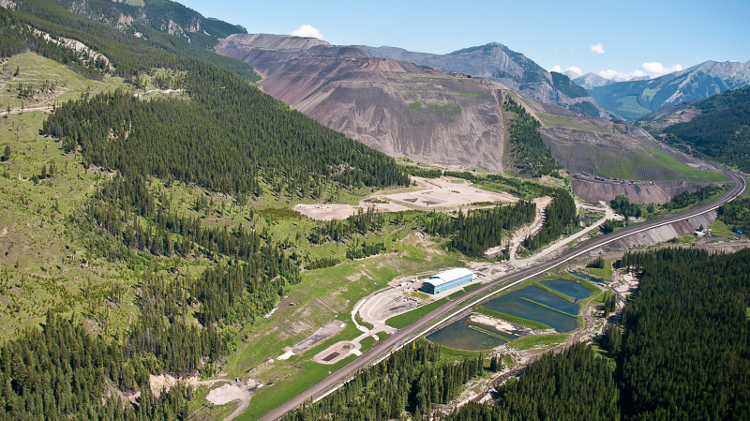News
Standards group publishes guidance for electric vehicles undergroundUpdated: New guideline aims to help equipment manufacturers standardize battery tech for EVs
Updated: New guideline aims to help equipment manufacturers standardize battery tech for EVs
May 10, 2017
More

Mid-year review
Recent good fortunes in mining and exploration founded on Chinese demand and Canada’s good reputation

Playing by new rules
South American and African countries update mining tax laws in 2017, while other countries focus on environmental regulations

